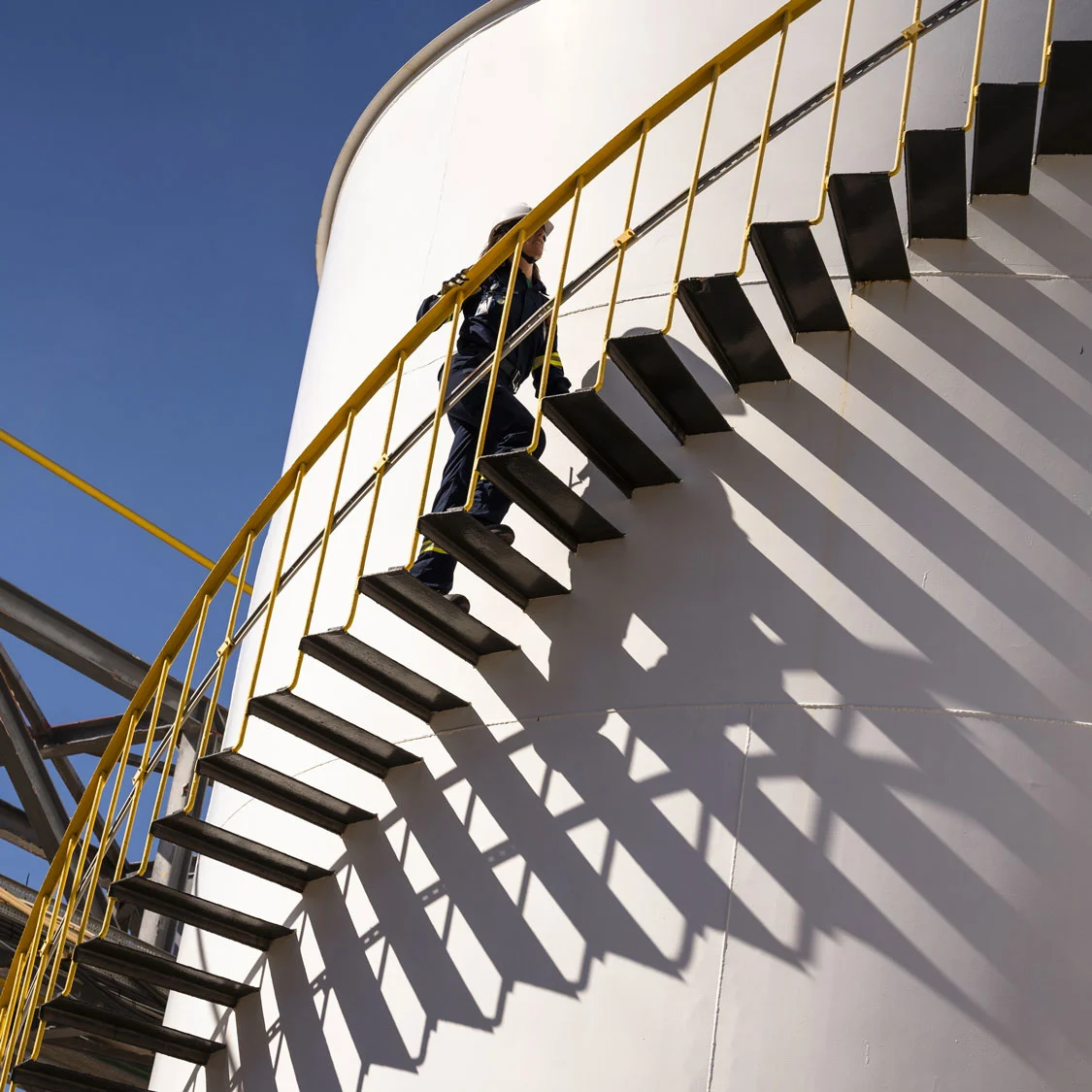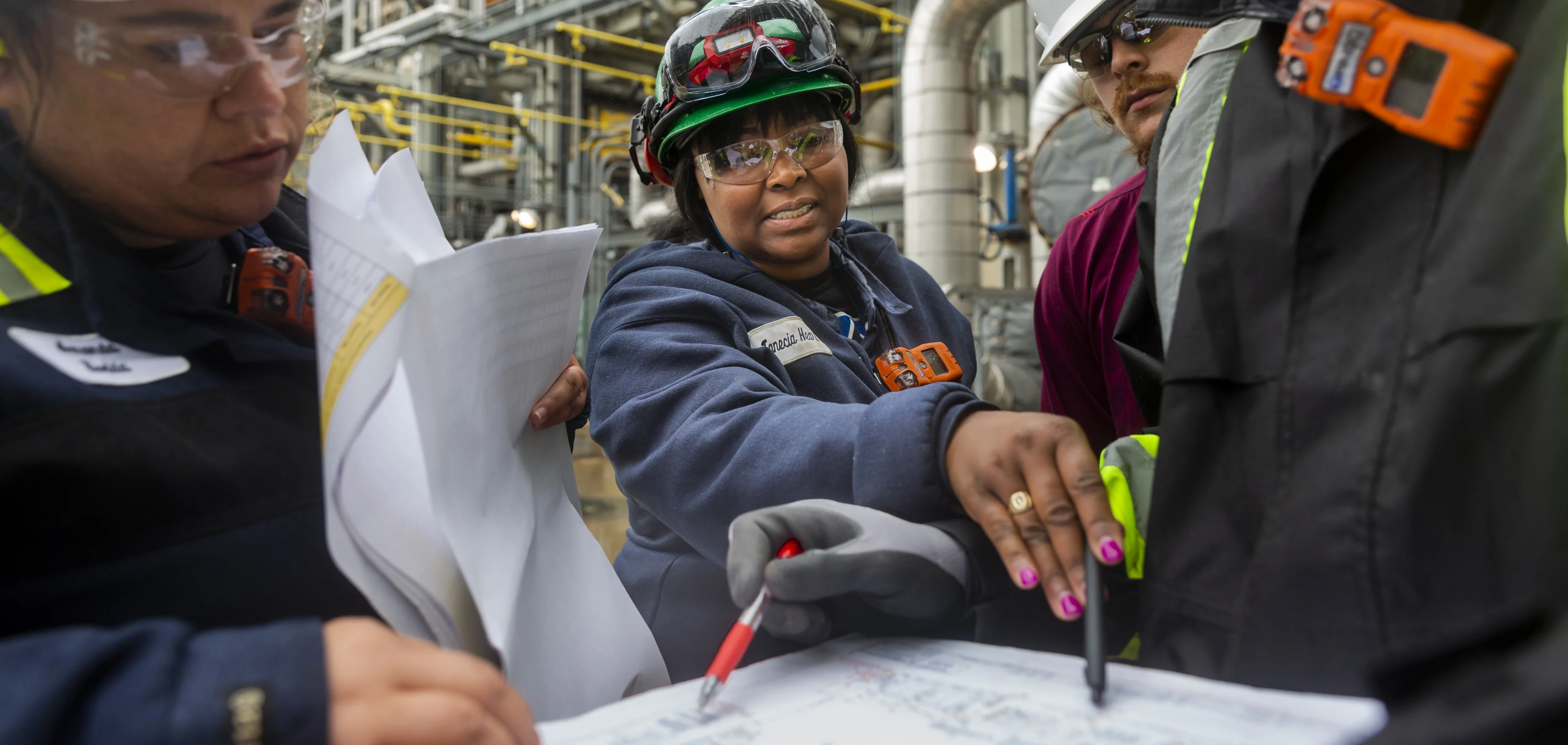Why is bp investing in both blue and green hydrogen?
We believe a twin-track approach, involving both electrolytic (green) and CCS-enabled (blue) hydrogen, is the best way to help fulfil hydrogen’s potential. This approach aligns with bp’s Net Zero Scenario within our Energy Outlook, which forecasts that virtually all hydrogen will be either electrolytic (around 60%) or CCS-enabled (around 40%) by 2050.
Significant challenges need to be overcome to establish the industry. Electrolysers need to be built and supplied with renewable energy. A pipeline network needs to be established to move the molecule. Technology and infrastructure need to be developed to transport hydrogen by sea. And production needs to scale quickly to bring down the cost of low carbon hydrogen.
CCS-enabled hydrogen represents an important stepping-stone to scaling up the hydrogen economy. That’s because it enables the near-term development of large-scale hydrogen projects that can make an immediate impact on emissions, and at lower cost than a green hydrogen project of a similar scale.
While additional renewable energy and large-scale electrolyser technology is being developed to generate electrolytic hydrogen at scale, low carbon CCS-enabled hydrogen will play an important role in allowing industries to decarbonize. CCS-enabled hydrogen complements the intermittent renewable power that drives electrolytic hydrogen. That’s why we’re calling for policy and financial support for both low carbon hydrogen technologies.








